Embarking on the captivating journey behind successful marketing campaigns unveils the artistry and strategy that propel brands to the forefront of consumer consciousness. This behind-the-scenes exploration exposes the meticulous planning, creativity, and adaptability that marketers employ to navigate the dynamic landscape of consumer preferences. Real stories from the trenches of marketing triumphs illuminate the challenges overcome, ingenious ideas hatched, and the relentless pursuit of resonating with the target audience.
These narratives offer invaluable insights into the delicate balance between data-driven precision and the intuitive leaps that define groundbreaking campaigns. From serendipitous breakthroughs to calculated risks, this glimpse into the backstage of marketing showcases the resilience, innovation, and passion that underpin the success of campaigns, transforming them from mere strategies to compelling stories etched in the annals of marketing excellence.
What Makes a Marketing Campaign Successful?
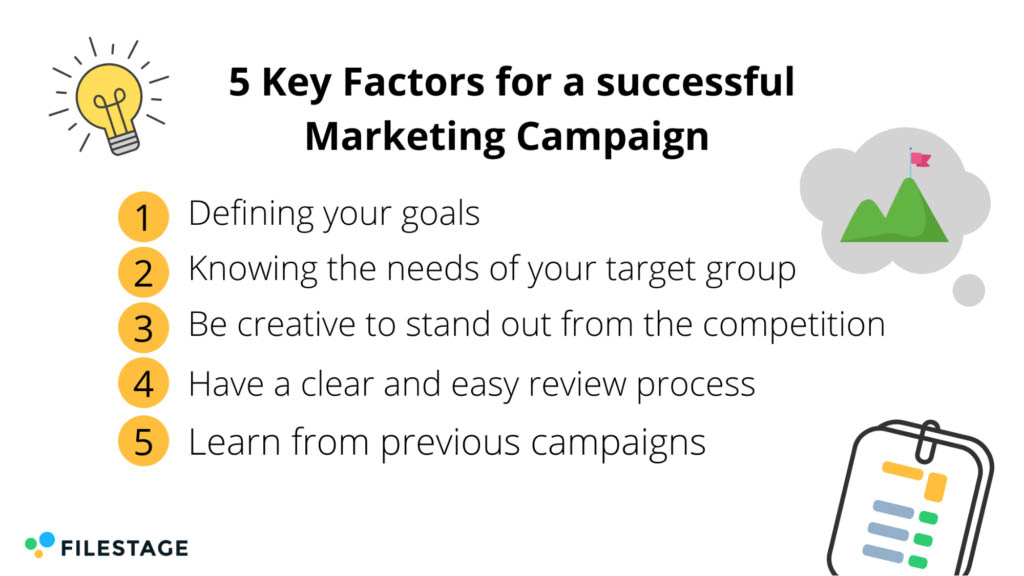
Crafting interesting stories and connecting with people is similar to making marketing efforts that work. First, it’s important to know who your goal audience is. Knowing their needs, preferences, and behaviours can make your message more successful. The most important thing is to be real; being real builds trust and connects with customers.
Campaigns stand out when they are creative. Creative features get people’s attention and stick with them, like a unique idea, a catchy slogan, or a new way of doing things. A successful campaign also actively involves people, encouraging them to participate and giving them a feeling of involvement. When the market is always changing, it’s important to be able to adapt. To stay relevant, you should learn from mistakes, keep up with trends, and change your approach.
Why Marketers Should Share Their Behind-the-Scenes Stories?

When marketers share behind-the-scenes stories, it shows the human side of ads and helps them connect with their audience on a deeper level. These stories give a clear picture of the creative process, showing marketers they are real, strong, and have learned from their mistakes. Marketers not only give their business a human face by talking about the problems they face and the solutions they came up with, but they also give other people in the field useful information.
Being open and honest builds trust, and talking about the process behind great campaigns helps people believe in and relate to you. It lets marketers connect with their audience emotionally, making them feel like they are part of the group. These stories are also useful learning tools for people who want to become marketers because they teach them useful lessons and show how exciting the field is.
Top 8 Successful Marketing Campaigns and Their Behind-the-Scene Stories
Here are the top 8 Successful Marketing Campaigns and Their Behind-the-Scene stories
Dove “Real Beauty” Campaign
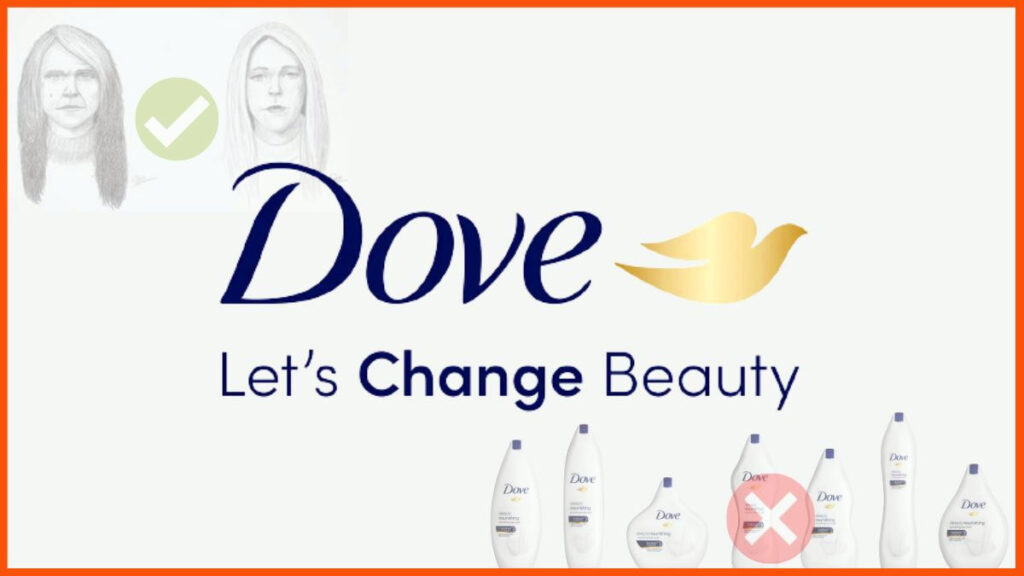
Dove’s “Real Beauty” Campaign made a lot of noise by changing what people thought was beautiful. Dove went in a different direction in a world full of airbrushed beauty. Instead of traditional models, the advertisement used real women of different ages, shapes, and sizes.
Dove’s dedication to being real shone through behind the scenes. The brand wanted to break social rules and make women feel better about their own bodies. The casting process put real stories ahead of conventional beauty standards to show how powerful it is to be yourself.
Dove’s “Real Beauty” campaign showed that being real and welcoming could be effective ways to market. Dove started a global conversation about changing beauty standards by showing how beautiful real people are. This had a lasting effect on the beauty business and how people think about their worth.
Burger King’s “Whopper Detour”
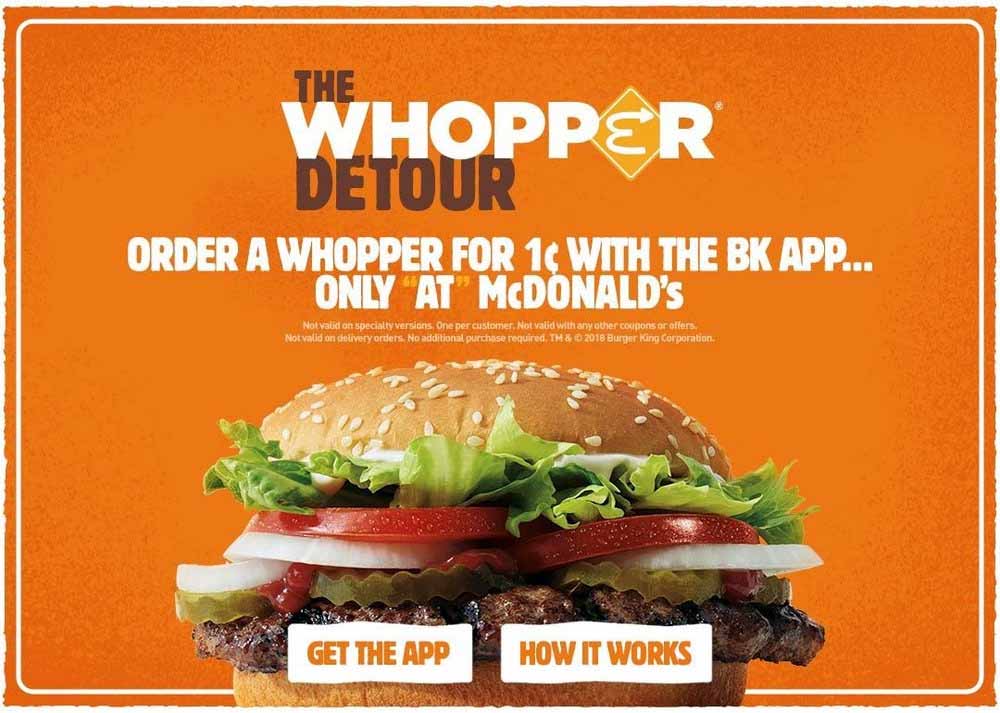
Using mobile technology and playing on people’s habits, Burger King’s “Whopper Detour” ad showed how creative marketing can be. The behind-the-scenes story shows a smart use of geofencing, a technology that makes things happen when people enter a certain area. In this case, Burger King set up geofences around McDonald’s restaurants to get people to go to Burger King instead of McDonald’s because they could get a one-cent Whopper if they ordered it within 600 feet of a McDonald’s.
This campaign showed a deep knowledge of how customers act and how the competition works. Burger King got people interested and created buzz by making the experience more like a game and turning a visit into a cost-saving journey. The story behind the scenes shows how important it is to think creatively about how to use technology, to know your audience, and to turn everyday transactions into unique experiences that bring in new customers and keep old ones coming back.
Old Spice’s “The Man Your Man Could Smell Like”

With its funny and original approach, Old Spice’s “The Man Your Man Could Smell Like” campaign changed advertising. When it started in 2010, the campaign had a bunch of funny, fast-paced ads with actor Isaiah Mustafa. The strategy worked so well because it wasn’t like other ads for male grooming products. Many people were interested in Old Spice because they used humor and strange situations.
As shown in the behind-the-scenes story, the ad responded to changing consumer tastes and a desire to change the brand’s image. The design team wanted to show that Old Spice was a modern and exciting choice, not just an old one. People connected with the campaign’s quick wit and Mustafa’s charismatic delivery, making it a cultural phenomenon. Not only did “The Man Your Man Could Smell Like” increase sales, it also showed how powerful bold, unusual marketing can be when it connects with customers on a personal and remembered level.
ALS Ice Bucket Challenge

People worldwide were shocked by the ALS Ice Bucket Challenge in 2014. What started as a small-scale effort quickly became a worldwide movement for a good cause. It was a simple idea: people filmed themselves pouring ice water over their heads to raise awareness for Amyotrophic Lateral Sclerosis (ALS) and get people to donate.
The strategy worked because it was easy to understand and because of how powerful social media is. People, including famous people, took up the dare, which led to more people getting involved. Since there wasn’t a detailed plan at the start, the behind-the-scenes story shows how spontaneous and excited people really were. Instead, the interconnectedness of social networks was used by everyone working together.
The Ice Bucket Challenge raised a lot of money for ALS research and showed how powerful user-generated content can be and how a simple idea can get people worldwide talking. Its success still shows how the internet and social networks can be used to make a big difference in people’s lives.
Apple’s “Get a Mac” Campaign

When it came out in the middle of the 2000s, Apple’s “Get a Mac” ad was a marketing lesson in itself. The ads made fun of the idea that Mac computers are better than PCs by having Justin Long play a Mac and John Hodgman play a PC. The behind-the-scenes story shows that people were skeptical about the effort at first. But Apple’s determination and dedication to spreading the word about the Mac’s reliable and easy-to-use features finally won out.
“Get a Mac” was a hit because it broke down complicated technical ideas into situations people could relate to. People liked the marketing because it gave the products a human face and made technology more approachable and interesting. The clever scripts and memorable characters not only showed what was great about the Mac, but they also made the brand recognizable. Apple worked hard behind the scenes on scripting and casting, which turned a marketing problem into an iconic campaign that changed how people think of the brand and its market share for a long time.
Nike’s “Just Do It”

The famous “Just Do It” campaign by Nike began in 1988 with a motto that seemed weak but was actually very strong. During a meeting, an advertising executive was moved by Gary Gilmore’s last words before he was killed to come up with the campaign’s tagline, which was a strong call to action. “Just Do It” is brilliant because anyone can use it; it’s gone beyond just sportswear and become a national mantra. Nike played on a basic human desire to succeed by capturing the spirit of resilience and hard work.
It wasn’t just about selling shoes but also about selling a way of thinking. Nike intentionally linked the brand to athletes to emphasize the idea that anyone, no matter their background or level of skill, could start their road to success. This openness helped Nike become a name people associate with drive and empowerment. The popularity of “Just Do It” shows how powerful a short message can be. This kind of message can stick with people and be a source of inspiration for a long time.
Coca-Cola’s “Share a Coke”
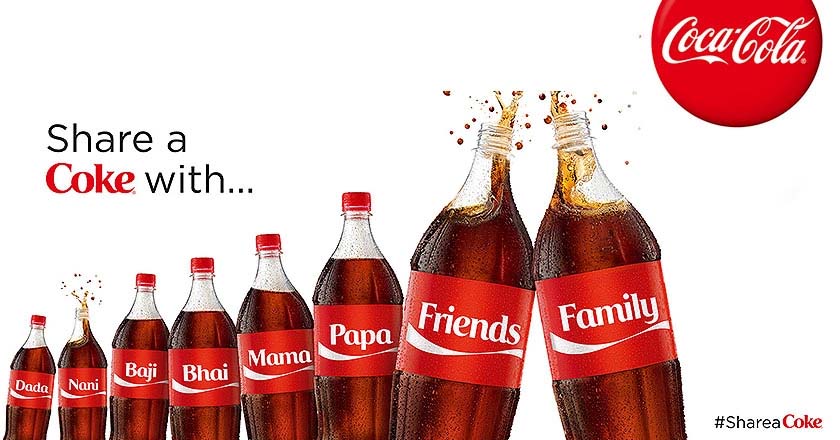
The “Share a Coke” campaign from Coca-Cola differed from other marketing campaigns because it focused on personalization. When it first came out in 2011, the idea was simple but brilliant: put popular names on bottles instead of the famous Coca-Cola brand. This approach took a mass-produced product and turned it into a personalized experience that connected with customers on a deeper level.
Behind the scenes of this campaign are careful to market research to find popular names, the difficulties of making personalized bottles on a big scale, and the risks of going against the usual red-and-white branding. Coca-Cola could connect with and include all of its customers by accepting their uniqueness. The campaign affected more than just sales; it also helped people feel more emotionally connected to the company. “Share a Coke” is still a great example of how a simple idea based on knowing people’s wants can become a huge and long-lasting marketing hit.
Oreo’s “Dunk in the Dark”
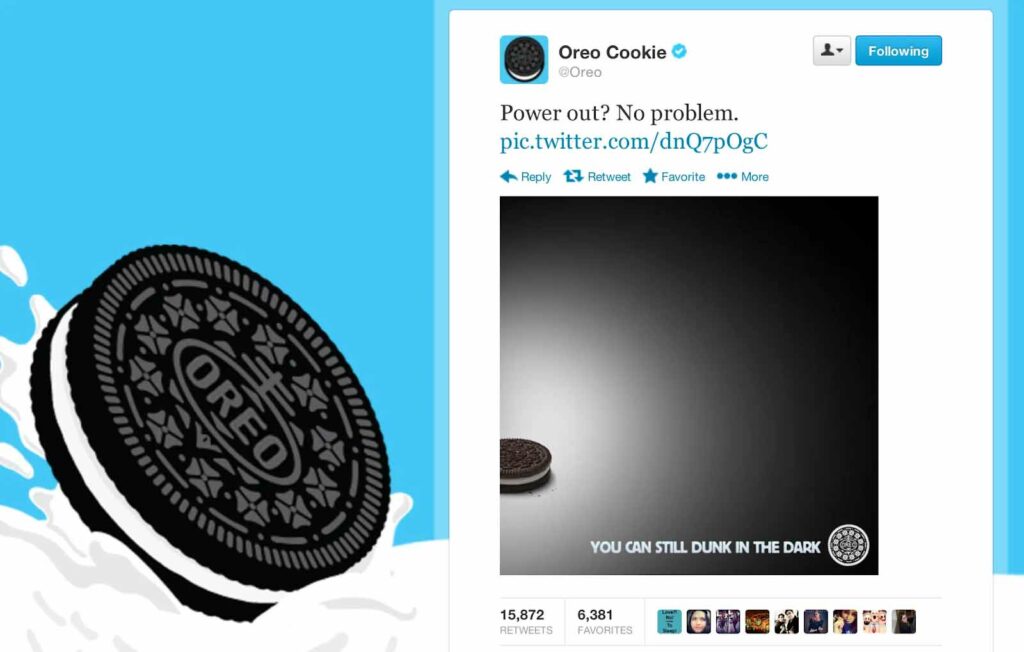
Oreo’s “Dunk in the Dark” moment became a marketing legend during the 2013 Super Bowl blackout. When the lights went out, Oreo’s marketing team swiftly capitalized on the unexpected event, tweeting an image of an Oreo in partial darkness with the caption, “You can still dunk in the dark.” This real-time, witty response instantly went viral, showcasing the brand’s agility and creativity.
The success of this campaign lies in its spontaneity and the team’s ability to turn a potential setback into an opportunity. By tapping into a widely viewed and unexpected moment, Oreo demonstrated the power of quick thinking and leveraging social media to connect with consumers. “Dunk in the Dark” not only made Oreo the talk of the Super Bowl but also set a benchmark for real-time marketing, proving that sometimes, the most impactful campaigns emerge from the unplanned, embracing the element of surprise in the ever-evolving marketing landscape.
Final Thoughts
The heart of marketing is a mix of creativity, resilience, and understanding the audience. Sharing the stories behind great campaigns shows this. These stories not only make brands more real, but they also teach us important lessons. Marketers motivate others and show how dynamic and always-evolving their job is by talking about the problems they faced and the strategies they use to solve them. The behind-the-scenes stories show how to be successful. This opens up the marketing world to more people and encourages a community of learning and new ideas.
Search
Recent Posts
- Redefining Brand Narratives: Insights from Aradhika S. Mehta
- Unveiling the Digital Marketing Trailblazer: Insights from Sidharth Elwadhi
- From Journalism to Brand Brilliance: Tara Kapur’s Marketing Odyssey
- Excitel Broadband CMO Aditya Jain Unveils Marketing Mastery!
- Beyond Boundaries: Anirban Guha on Global Campaign Success
